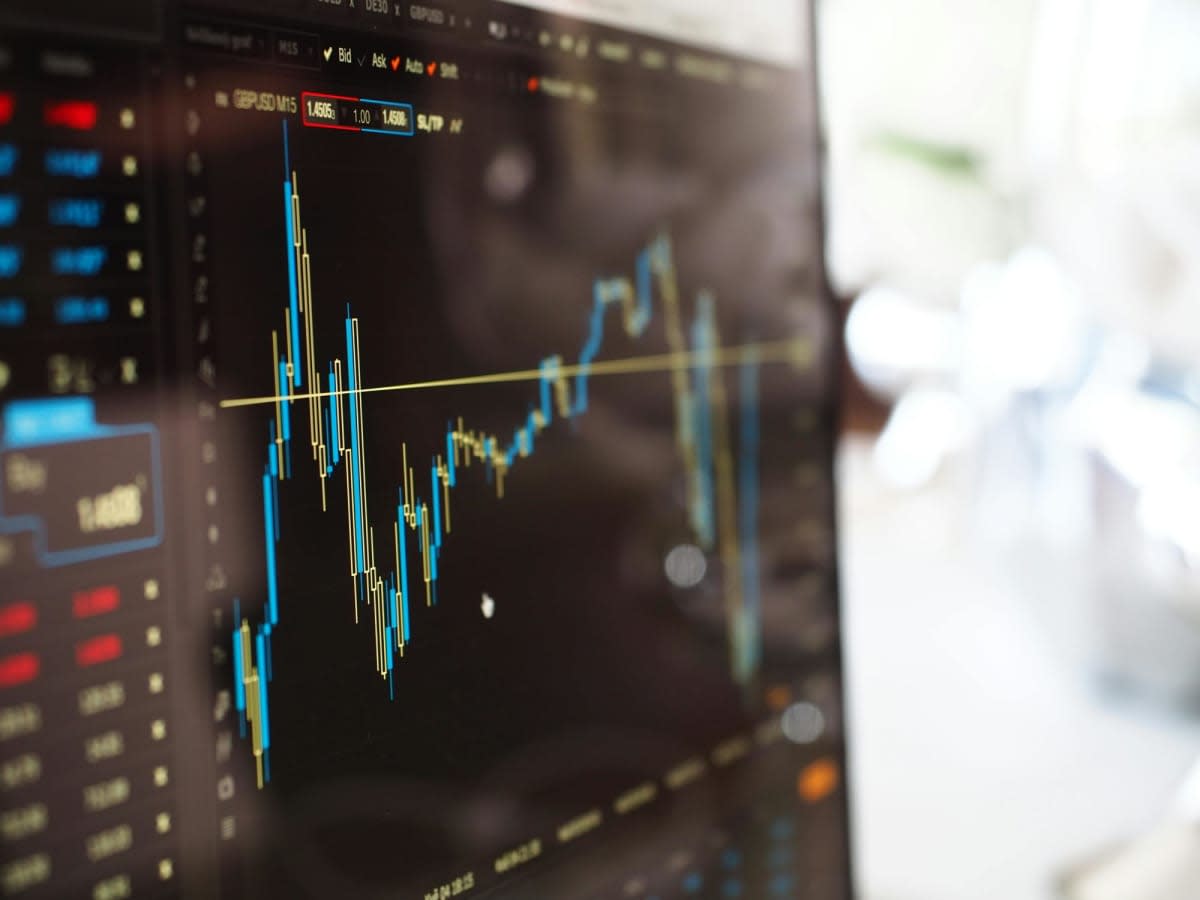Invest
The 6 unique Australian market affects that all active managers can exploit
Invest
The 6 unique Australian market affects that all active managers can exploit
The uniqueness of the Australian equities market is providing fund managers with an opportunity to essentially beat the market, new research has revealed.
The 6 unique Australian market affects that all active managers can exploit
The uniqueness of the Australian equities market is providing fund managers with an opportunity to essentially beat the market, new research has revealed.

A study released by UBS has revealed the uniqueness of the Australian market compared with the world, which opens plentiful opportunities for investors to exploit it.
According to UBS, the Australian market is highly concentrated, with large financials and resources companies making up almost half of the large cap index. And while these companies are large today, over the last 20 years, equity funds have outperformed their benchmark.
Comparing this to the Small Ordinaries index, the make-up of the index is fairly similar, admittedly with less sector concentration.
However, in the small part of the market, consumer discretionary plays a larger role as does the IT sector.

Despite at times being a contentious issue, Australia’s unique market make-up, its market oligopoly premiums and generous dividend systems, and its bias around December are creating unique opportunities for managers to get ahead.
In fact, UBS’s research showed that whether or not they are taking advantage of the market, active fund managers in Australia have a proven track record over the last two decades.
“Over the past 20 years, equity funds have outperformed their benchmark, with large cap managers on average outperforming their benchmark by 1.5 per cent before fees, while small cap managers have outperformed by 6.5 per cent before fees on average,” UBS analyst James Cameron said.
And while inventors do not necessarily need to exploit these market anomalies, UBS noted understanding the market can be an advantage.
“These effects are persistent, so they can be exploited systematically. However, at the very least, investors should be aware of them, as there is no point trying to swim against the current,” Mr Cameron said.
The Australian market provides active managers with opportunities to beat the market, but what are these opportunities?
Franking: Franking is a system of dividend imputation which eliminates double taxation of dividends. The net effect is that companies that pay out franked dividends outperform the market.
Dividend run-up: As income and “franking” are such important parts of the Australian market, there is a preference to invest in companies that pay out profits to shareholders. This can cause companies that pay dividends to outperform into the ex-date by around 1.3 per cent. This can be meaningfully higher in sectors with high levels of franking.
Dividend drop-off: Following a dividend payment, share prices can drop off by less than their dividend amount on the ex-date. However, there are some interesting implications for franked dividend-paying stocks when including the following trading day into the analysis.
Seasonality: There are a number of seasonal effects within the Australian market including the tax year-end effect, the reporting season premium and the Santa Claus rally.
Oligopoly premium: UBS has found evidence that suggests industry groups that aren’t oligopolies tend to outperform. The oligopoly effect explains that in sectors dominated by oligopolies, large companies outperform small companies, and that in sectors not dominated by oligopolies, there is a small cap premium.
Index effects: There are significant inclusion/deletion effects in the Australian market, which UBS suggests is a function of the ownership structure of the Australian market. These effects are fairly persistent and, as a consequence, investors in the Australian market should be aware of their existence and the impact they might have on their portfolios.
Conclusion
“Australian active managers have performed well over the past 20 years. When we decompose returns, we typically think about returns being driven by beta, macro factors, sectors, styles (or quant factors) and idiosyncratic risk,” Mr Cameron said.
As a final note, he added that it’s “critical for active managers to be aware of these structural and behavioural effects, as investing against them can be like swimming against the current”.
About the author

About the author


Stock market
6K Additive secures A$48 million through initial public offering on the Australian Stock Exchange
6K Additive, a prominent player in the advanced metal powders and alloy additions market, has made a significant stride by successfully completing its Initial Public Offering (IPO) on the Australian ...Read more

Stock market
Institutional investors increase stock allocations to 18-year high amid cautious market shifts
In a recent development, State Street Markets unveiled the findings of its latest State Street Institutional Investor Indicators, revealing intriguing shifts in institutional investor behaviourRead more

Stock market
FOREX.com launches in Australia to empower self-directed traders
StoneX Group Inc. (NASDAQ: SNEX) has announced the Australian launch of FOREX.com, expanding access for self-directed traders to a global suite of Contracts for Difference (CFD) products across ...Read more

Stock market
Westpac and CMC Markets strengthen partnership to enhance online trading services
In a significant move that underscores the evolving landscape of online trading in Australia, CMC Markets Stockbroking has been chosen as the preferred vendor by Westpac Banking Corporation to extend ...Read more

Stock market
Portfolio reviews as an operating discipline: turning volatility into a competitive edge
In a higher-rate, higher-volatility world, portfolio reviews are no longer an annual hygiene task; they’re a core operating rhythm that protects cash flow, unlocks tax alpha, and sharpens risk ...Read more

Stock market
Fee war on the ASX: Global X’s A300 turns up the heat on core Aussie equity ETFs
Global X has lobbed a 0.04% management fee into Australia’s core equity sandbox, launching the Australia 300 ETF (A300) to take on entrenched giants. Read more

Stock market
Challenger IM shakes up the ASX with private credit note and a side of risk
Challenger Investment Management has taken private credit mainstream with an ASX-listed note structure—LiFTs—that secured roughly $100 million in cornerstone commitments within a day of launch. Read more

Stock market
International stocks: Diversifying your portfolio beyond Australia
In an increasingly globalized market, Australian investors have the opportunity to enhance their investment portfolio by incorporating international stocks. Diversifying your investments globally can ...Read more

Stock market
6K Additive secures A$48 million through initial public offering on the Australian Stock Exchange
6K Additive, a prominent player in the advanced metal powders and alloy additions market, has made a significant stride by successfully completing its Initial Public Offering (IPO) on the Australian ...Read more

Stock market
Institutional investors increase stock allocations to 18-year high amid cautious market shifts
In a recent development, State Street Markets unveiled the findings of its latest State Street Institutional Investor Indicators, revealing intriguing shifts in institutional investor behaviourRead more

Stock market
FOREX.com launches in Australia to empower self-directed traders
StoneX Group Inc. (NASDAQ: SNEX) has announced the Australian launch of FOREX.com, expanding access for self-directed traders to a global suite of Contracts for Difference (CFD) products across ...Read more

Stock market
Westpac and CMC Markets strengthen partnership to enhance online trading services
In a significant move that underscores the evolving landscape of online trading in Australia, CMC Markets Stockbroking has been chosen as the preferred vendor by Westpac Banking Corporation to extend ...Read more

Stock market
Portfolio reviews as an operating discipline: turning volatility into a competitive edge
In a higher-rate, higher-volatility world, portfolio reviews are no longer an annual hygiene task; they’re a core operating rhythm that protects cash flow, unlocks tax alpha, and sharpens risk ...Read more

Stock market
Fee war on the ASX: Global X’s A300 turns up the heat on core Aussie equity ETFs
Global X has lobbed a 0.04% management fee into Australia’s core equity sandbox, launching the Australia 300 ETF (A300) to take on entrenched giants. Read more

Stock market
Challenger IM shakes up the ASX with private credit note and a side of risk
Challenger Investment Management has taken private credit mainstream with an ASX-listed note structure—LiFTs—that secured roughly $100 million in cornerstone commitments within a day of launch. Read more

Stock market
International stocks: Diversifying your portfolio beyond Australia
In an increasingly globalized market, Australian investors have the opportunity to enhance their investment portfolio by incorporating international stocks. Diversifying your investments globally can ...Read more








